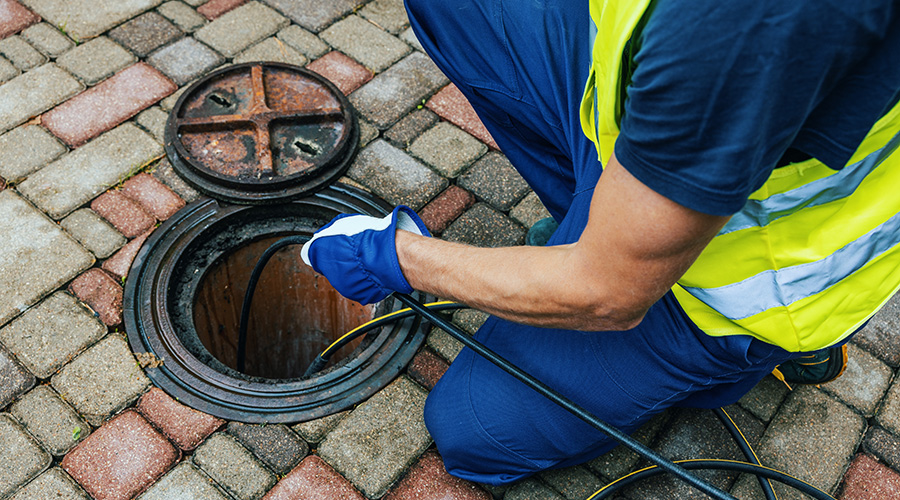Texas School District Specifies High-Efficiency Toilets and Urinals
The school district features 119 facilities — elementary schools, middle schools, high schools, and administration buildings — that encompass 12.8 million square feet. Northside Independent School District is the largest district in the San Antonio area and the fourth largest in Texas, Morin says. New schools feature water-efficient plumbing fixtures, but Morin and his team focused on the district's older facilities when they began performing large-scale plumbing retrofits about four years ago.
"Being a large school district, it was quite an ongoing project," Morin says. "We've done a lot of retrofits on the older schools, and that's really where the challenge lies. The new schools have a lot more efficient toilets, aerators, and faucets, which are inherent to new school construction, as we get into trying to save more water and conserve more energy."
The district completely retrofitted the plumbing fixtures on 10 campuses and specified 1.6-gallon-per-flush (gpf) toilets and 1-gpf urinals for a host of other schools. The project team also specified self-closing faucets to eliminate problems when students leave faucets running unnecessarily.
Morin was part of the project team that included his plumbing manager, the facilities construction and engineering departments, and SAWS, which provided rebates for the projects and hired contractors to complete the retrofits.
"There needs to be a close partnership between the school district and the utility company," Morin says. "That is absolutely essential. SAWS was very proactive and worked very well with us to ensure that they provided the needed support."
This type of large-scale project is something Morin would not have been able to complete without financial assistance from SAWS.
"I have a scope of maintenance to do," he says. "I may replace a urinal. I may have to replace a toilet that's damaged or that's no longer working properly. But really my scope is to repair. I don't have the funding to do large capital outlays. Working with the utility to say, ÔDo you have a rebate program that we can take advantage of?' (is) absolutely essential."
Over roughly the last four years, the district has earned about $38,000 in rebates, saved about $23,000 in water and sewer costs, and saved about 280 million gallons of water, thanks in large part to the plumbing fixture retrofit.
"The challenge comes in trying to do something with the older facilities, and that's what we focused on at the time," Morin says. "It's been an ongoing project that we've had for several years now."
Related Topics:















